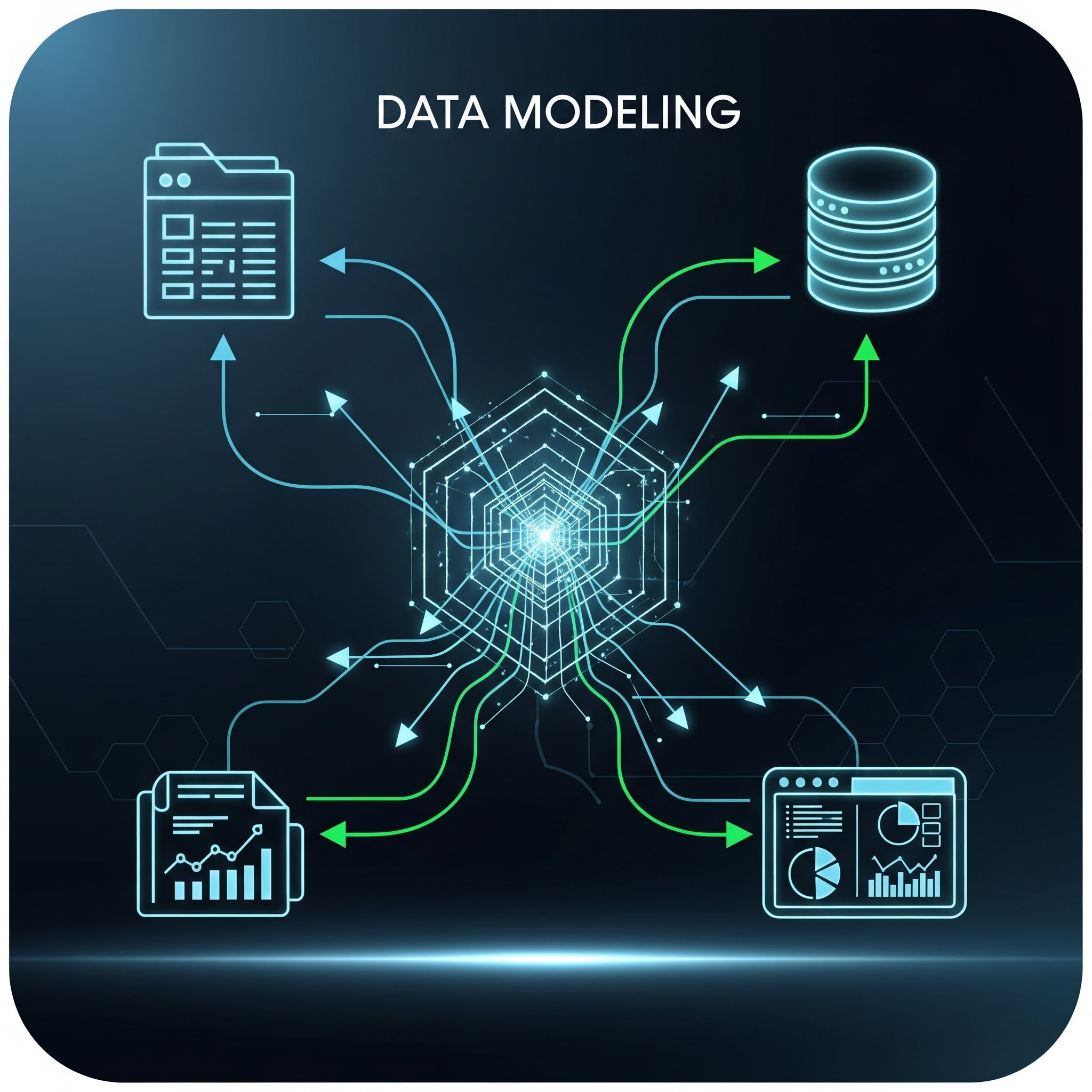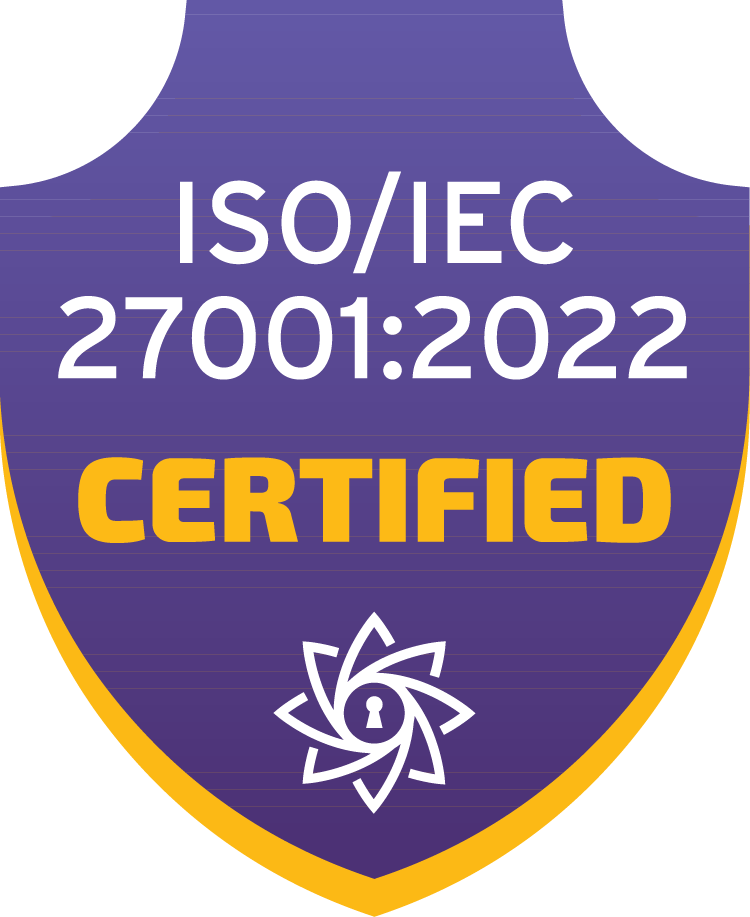John Giles Data Model Patterns in Ellie


John Giles’ Data Model Patterns in Ellie
At Ellie Technologies, we have always enjoyed interacting with and learning from the absolute top gurus of the data industry. We’re now very happy to announce that we have been cooperating with John Giles to get his powerful Data Model Patterns into Ellie!
Who is John Giles and what are the Patterns used for?
John Giles is an Australian data modeling guru with decades of experience. He is the author of hugely popular data modeling books such as The Nimble Elephant, on Agile data modeling, and The Elephant in the Fridge, on Data Vault modeling.
John’s basic tenet is that data modeling should always start from understanding the business (no wonder we’re getting along so well!) and that we should not reinvent the wheel. In The Elephant in the Fridge, John presented a set of data model patterns for areas such as Products, People, and Events that should be more or less valid across projects and industries. These patterns can give the data modeler a head start when approaching a business problem.
The idea is to be able to quickly map out a “Data Town Plan” – a higher-level understanding of what we have data about (business concepts) and how things are related. John’s Data Model Patterns are basically a quick-start cheat sheet for you to get this started! After you map out your Town Plan, you can make wiser decisions on where to put extra effort in, and how to derive your more detailed logical and physical models.
We have been having interesting discussions with John over the last few months about modeling methods and Ellie as a tool and have received excellent feedback from him. Our Juha and John both appeared as speakers in Data Modeling Zone Europe 2021, and we also cooperated on John’s pre-conference workshop there. We’re privileged to have an expert of his caliber in our circle of friends!
One outcome of this cooperation has been the idea that John’s model patterns could be invaluable for Ellie users – after all, most if not all of our customer organizations will at some point be modeling those exact areas, and we don’t want to keep reinventing the wheel! Below, we will present these model patterns drawn in Ellie one by one, and tell you how you too can get your hands on them.
What are the Data Model Patterns?
ACCOUNT

The Account model represents the management of financial accounts and their transactions
AGREEMENT

The Agreement model represents formal contracts and informal agreements. Note that the agreement subtypes in the above model are merely examples – each organization has its own different kinds of agreements.
DOCUMENT

This model represents the responsibilities associated with the management of hard copy and electronic documents.
EVENT

The Event model describes, well, events that can be related to each other. In John’s words, “An event is fundamentally something that happened that someone deemed to be noteworthy.”
EVENT & TASK

The Event & Task model, in all its simplicity, makes an important distinction between “something noteworthy that happened”, i.e. an Event, and “some work to be done”, i.e. a Task. John has further elaboration on this that we’ve added as a description of this model template (you’ll find it in the model info section in Ellie).
LOCATION

The Location model represents the management of the geospatial locations of objects such as roads, rivers, cities, forests, and much more.
PARTY

The Party model is about people and organizations, and we can safely say we’ve encountered some version of this in every organization we’ve seen using Ellie! It manages parties (i.e. persons or organizations) as if they were entries in an address book.
This model can be extended in many different ways: as John puts it, “This foundation can be extended by recording not only your address book entries but also inter-relationships between individual parties. For example, you might choose to record the employment relationship between a person and an organization, the ownership hierarchy between holding companies and their subsidiaries, or maybe the parent/child relationship between nominated individuals.”
PARTY ROLE

Whereas the Party model is concerned with recording information about the Parties (people, organizations) themselves, the Party Role model records information about how the Parties interact with everything else. John’s pattern above shows a highly extensible solution to this well-known issue. For other considerations relating to roles and subtypes and how they can be made to work in Ellie, see our earlier Modeler’s Corner blog post about the topic.
PRODUCT

Products are things sold by companies – easy in theory, but often surprisingly difficult in practice! The model above is an elegant solution where Product Type (the “category” of product) is separated from Product Item (the “instance” of product, i.e. the physical item or a specific instance of a service).
RESOURCE

The concept of a Resource is sometimes also known as an asset. Examples could include buildings, computers, company cars, consumables, and much more. In the above model, Resources are being assigned to Tasks.
TASK

The Task model represents actual or planned work to be done and is typically managed by Project Management and/or Workflow Management software. Note how John’s pattern differentiates between Template Tasks and Specific Tasks, the former typically representing standard workflow specifications and the latter being the actual “work that needs to be done”.
How can you utilize the Giles Data Model Patterns in Ellie?
We are planning for a self-service “model template library” for Ellie in the future, but as we don’t have that yet available, there are a couple of other ways you can get your hands on these model patterns. Please remember that John has kindly shared all this information with us and the Ellie community with no restrictions on their usage, but that it’s prudent for us to attribute them to him as we use the patterns. You can find John’s web page here, with his contact details and all kinds of extra information.
Firstly, for anyone who’s not yet an Ellie customer and who’s interested in a free trial, we offer you the option to have the model patterns pre-installed in your Ellie trial account. There you can play with them (and naturally you’ll keep the content if you want to continue after the trial).
Secondly, for existing Ellie customers, you can send a simple request to support@ellie.ai, and we will copy any or all of the model patterns listed above into your organization’s Ellie account. This is a rather quick operation with no extra cost for you. Note that in order to prevent naming collisions with your existing content, the models and entities within them will have specific prefixes. You can edit these freely after the models have been copied over.
Thirdly, if you’re just interested in trying out some of the patterns perhaps as a part of your existing models, you’re free to replicate the solutions presented above! We would also encourage you to read John’s excellent books, especially The Elephant in the Fridge, where these patterns are presented and explained more deeply.
John is also kindly providing some supplementary material to go with these models; this will be made available to you on Ellie’s website and linked also here when it’s done.
Now go and start building your own Data Town Plan!









